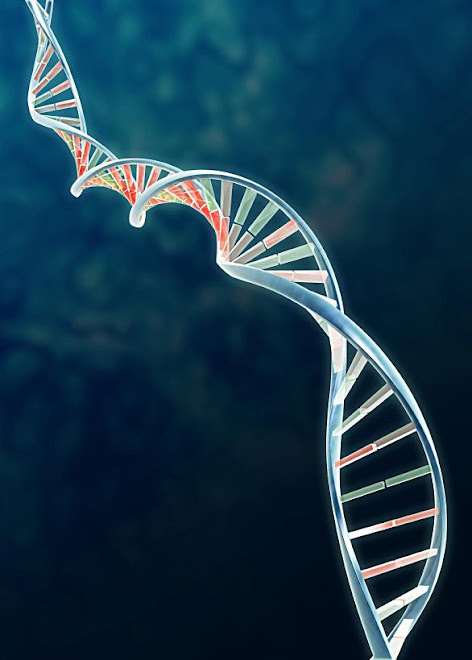 DNA sequencing is the process of determining the exact order of the bases A, T, C and G in a piece of DNA. In essence, the DNA is used as a template to generate a set of fragments that differ in length from each other by a single base. The fragments are then separated by size, and the bases at the end are identified, recreating the original sequence of the DNA.
DNA sequencing is the process of determining the exact order of the bases A, T, C and G in a piece of DNA. In essence, the DNA is used as a template to generate a set of fragments that differ in length from each other by a single base. The fragments are then separated by size, and the bases at the end are identified, recreating the original sequence of the DNA.DNA is basically a long molecule that contains coded instructions for the cells. Everything the cells do is coded somehow in DNA - which cells should grow and when, which cells should die and when, which cells should make hair and what color it should be. Our DNA is inherited from our parents. We resemble our parents simply because our bodies were formed using DNA to guide the process - the DNA we inherited from them.
The most obvious application of DNA sequencing technology is the accurate sequencing of genes and genomes. Only about 500-800 bases can be sequenced in one experiment so larger DNA molecules, including whole genomes, must be broken into smaller fragments before sequencing and then reassembled by searching for overlaps. Accuracy is achieved by sequencing each template several times.
